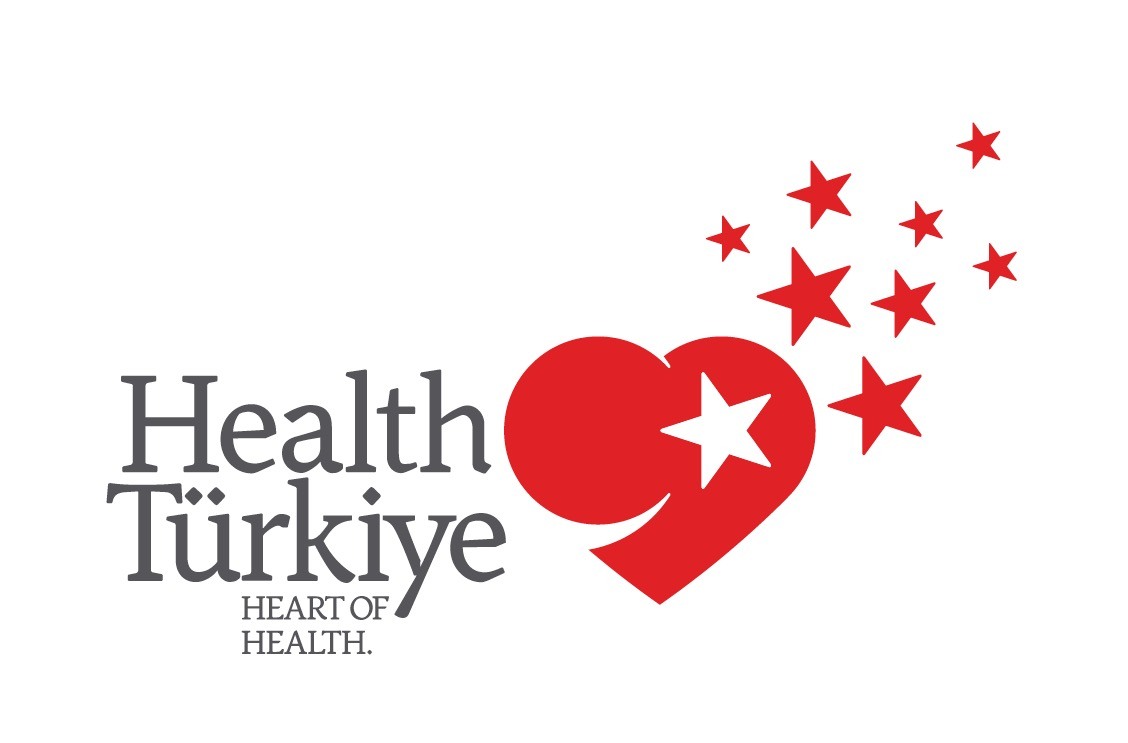Impacted tooth extraction is often necessary when teeth, such as wisdom teeth, fail to fully emerge and remain trapped in the gums or jawbone. Over time, impacted teeth can cause pain, infection, and damage to surrounding tissues, making their removal inevitable. In this article, you will find detailed information about the process of impacted tooth extraction and the recovery time.
The Impacted Tooth Extraction Process
Before performing the extraction, dentists conduct a thorough examination, including an X-ray, to assess the position, angle, and relation of the tooth to surrounding tissues. This helps determine the difficulty of the extraction and the best treatment approach.
Anesthesia: Before the impacted tooth extraction, local anesthesia is applied to ensure that no pain is felt during the procedure. In some cases, general anesthesia may be preferred depending on the location of the tooth.
Incision and Access: If the impacted tooth is completely under the gum, a small incision is made to expose it. Sometimes, the surrounding bone tissue may need to be shaved to access the tooth.
Tooth Extraction: If removing the tooth in one piece is not possible, the tooth may be divided into smaller pieces and extracted in sections, which minimizes trauma to the surrounding tissues.
Stitches and Closure: After the tooth is removed, the area is cleaned and stitched to reduce the risk of infection. These stitches may be removed after a few days or dissolve on their own.
Recovery Time After Impacted Tooth Extraction
Recovery time after impacted tooth extraction varies from person to person, but generally, it takes between a few days and a week. Following your dentist’s instructions is crucial to speeding up the recovery process and ensuring a smooth healing period.
First 24 Hours: Pain and swelling are normal in the first day. Sterile gauze pads can be used to control bleeding, and applying a cold compress can help reduce swelling.
Medication: Your dentist may prescribe pain relievers and, if necessary, antibiotics after the extraction. Taking your medications as prescribed will help alleviate pain and reduce the risk of infection.
Soft Foods: Stick to soft, lukewarm foods to avoid irritating the extraction area. Avoid hard, hot, or cold foods, which can negatively impact the healing process.
Stitches: If stitches were placed after the extraction, they will usually be removed in about a week, or they will dissolve on their own. Be careful not to disturb the stitches during this time.
Avoid Smoking and Alcohol: Smoking can slow the healing process and increase the risk of infection. Similarly, alcohol consumption can negatively affect wound healing, so it’s important to avoid these habits during recovery.
Tips to Speed Up the Recovery Process
To speed up the recovery process after impacted tooth extraction and avoid complications, follow these tips:
Apply Cold Compresses: Using an ice pack on your face during the first 24 hours can help reduce both pain and swelling. Apply the pack for 15-20 minutes, then take a break.
Keep Your Head Elevated: Keeping your head elevated while sleeping can regulate blood flow and reduce swelling. Use extra pillows to support your head.
Maintain Oral Hygiene: Keeping the extraction site clean is crucial, but avoid rinsing your mouth on the first day. From the second day, gently rinse with salt water as recommended by your dentist.
Brushing Your Teeth: You can brush your other teeth after the extraction, but take care to avoid the extraction site.
Possible Complications After Impacted Tooth Extraction
Although impacted tooth extraction is usually uneventful, complications can occur. Here are some potential issues you might encounter during the recovery period:
Infection: If the extraction site is not kept clean, there is a risk of infection. If you notice severe pain, a bad odor, or fever, contact your dentist immediately.
Dry Socket: If the blood clot dislodges after the extraction, a painful condition known as dry socket can occur. In this case, consult your dentist as soon as possible.
Pain and Swelling: Some pain and swelling are normal for a few days after the extraction. However, if these symptoms persist for more than a week or worsen, consult your dentist.
With proper care and guidance from your dentist, you can recover smoothly after impacted tooth extraction. Following your dentist’s advice will help speed up the recovery process and minimize potential complications. While the first few days may be uncomfortable, with the right precautions, you can get through this period comfortably.






